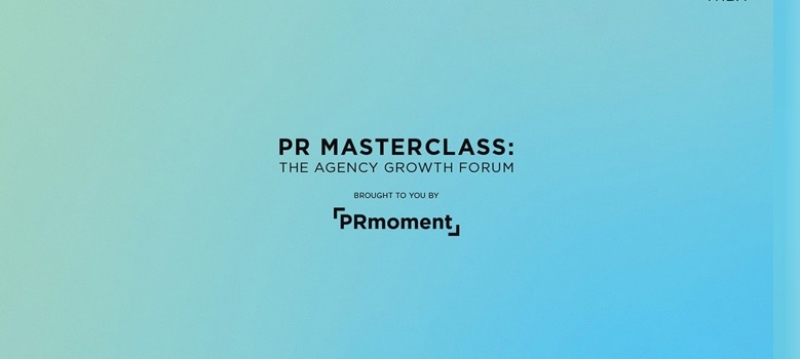
When it comes to media training, we don’t talk enough about spots. Or shaving wounds. Or those weird blotches that can materialise as one matures.
We all get facial blemishes, but some of us are a bit rubbish at concealing them - I did an interview recently and, throughout, I couldn’t shake the fear that I had a chin full of distractions.
They turned out to be less appalling than I’d feared but, nevertheless, lesson learnt. Next time I’ll be prepared.
Blemishes draw the eye
The thing about spots and other facial grot is that, because we don’t expect to see them on telly or internetty people, they can really capture our attention when they pop up.
When we’ve worked hard to shoe-horn our key messages into an interview, answered all the questions we can and skipped around the ones we can’t, it really sucks when the thing people pick up on is that Wilkinson Sword slash on the chin.
“Saw you on the box last night mate. You drinking with Sweeney Todd again?”
History lessons
When it comes to concealing the truth about our skin, most men are a distant second to most women and RuPaul. It doesn’t have to be this way.
Historically, face paint and makeup were, of course, de rigueur among groups from warriors to nobles.
The ancient Egyptians were the first to get a real handle on the benefits of makeup, some 6,000 years ago, using it not just for their striking eye treatments, but also to keep skin moisturised in fierce heat.
Indeed, from the initial appearance of homo sapiens in Africa to the present day, makeup has been used to enhance appearance, exhibit status and hide blemishes around the globe.
At times, it has been frowned upon - some of those Roman stick-in-the-muds thought it a tad vulgar, and Queen Victoria considered it fit only for actors.
The dawn of Hollywood was also the dawn of modern makeup, as movie makers sought a more elegant alternative to the greasepaint that had been used in theatres. Makeup for the masses arrived, along with names such as Max Factor and Elizabeth Arden.
Gender balance
Given the amount of effort that has gone into cosmetics over the millennia, you really have no excuse for ignoring the benefits it can bring, especially when it comes to media appearances.
There’s no need to go over the top, unless you really want viewers to remember you for your warpaint rather than your wise words.
Conversely, if you’re proud of your plukes (it’s Scottish, look it up and learn something and go cosmetic-free, there’s a fair chance viewers will be serenading your spots rather than singing your praises.
Most people want to look vaguely ‘natural’ on camera, but this doesn’t mean avoiding makeup. That’s because modern cameras and even modest studio lighting will amplify all those blemishes and imperfections.
Top tips
A dusting with mosaic powder will stop you looking shiny under the lights (studio lights can be pretty warm, be prepared to perspire) - and, if you’re a bit thin on top, it will minimise the chances of you resembling a freshly-polished egg.
Apply it with a brush over your face - don’t forget your nose and forehead. As well as stopping shine, it will help absorb sweat and, if you are prone to a five o’clock shadow, disguise that as well.
A little lip balm will stop your lips drying out, which will feel and look better.
If you wear lippy, all the better, but don’t overdo it. Lip gloss can be distracting on camera, and darker lipsticks may drag you into Ronald McDonald territory.
Likewise, while light eye makeup and a bit of eyebrow definition will help draw attention to the eyes, don’t apply it with a paint roller or people will talk behind your back.
If you want to be a real pro, have an emergency kit with concealer, lip balm and perhaps mosaic powder and a brush, plus a compact mirror. Get the basics sorted and you’ll look fine.
Confidence is key
One last point - this isn’t only about looking good; it’s about feeling good too. Going into an interview, confidence is good, distractions are bad.
Getting your basic look sorted will build confidence and you won’t waste brain capacity worrying about your face. Well, you won’t waste as much brain capacity…
If you’ve got any makeup tips or, even better, horror stories, feel free to share below. In the meantime, go order a concealer stick.
Written by Kenny Campbell, co-founder of PR agency Pepshop
PR Masterclass: The Agency Growth Forum
Our experts will each give you a 20-minute Masterclass on what we've identified as the 11 most important elements in running a modern, profitable and successful PR firm.
Taking place on Wednesday 26th November in London, both virtual and in person tickets are available.
Tickets on sale now!
PR MasterclassIf you enjoyed this article, sign up for free to our twice weekly editorial alert.
We have six email alerts in total - covering ESG, internal comms, PR jobs and events. Enter your email address below to find out more:








